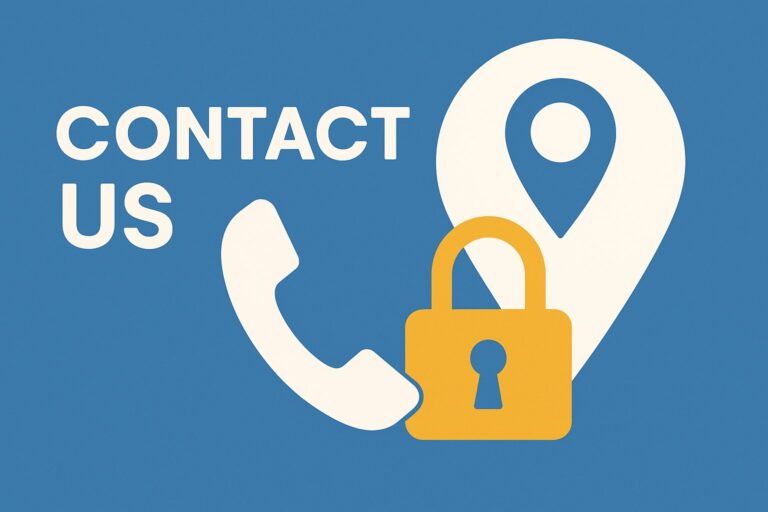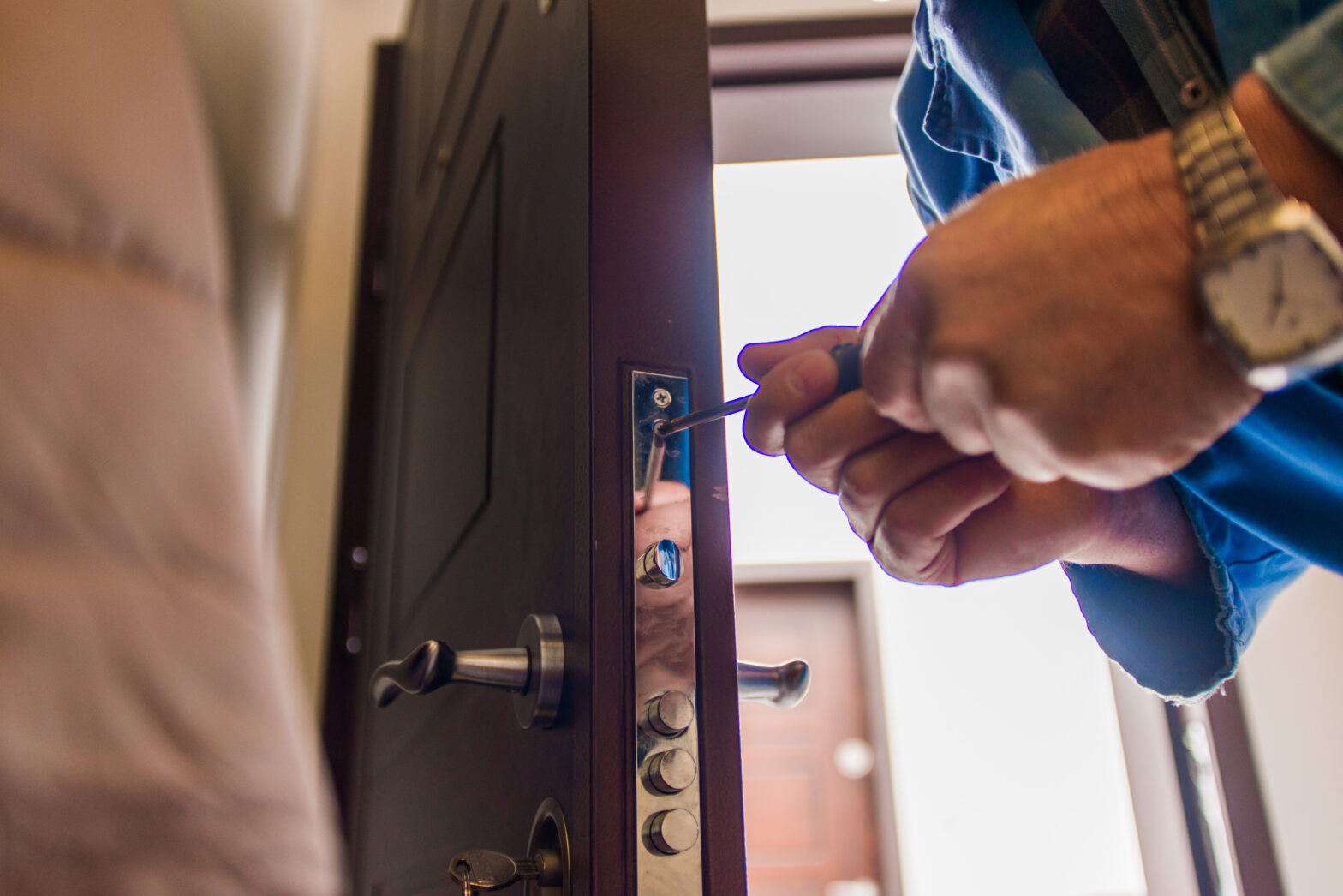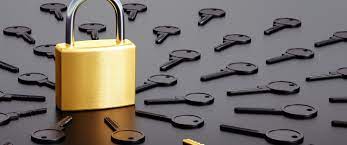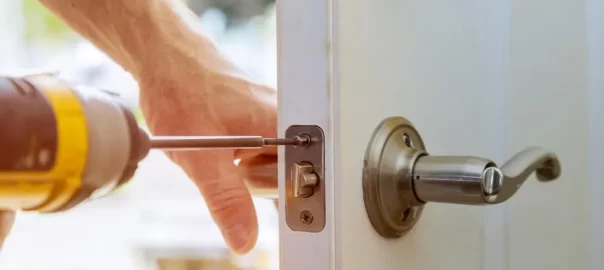Get in Touch Need immediate help or want to schedule a service? You can contact us 24/7. Whether you’re locked out, need to upgrade your home security, want a commercial rekeying job done, or just have some questions, our team is ready. Contact Information Business Name: Professional Locksmith – US Locksmith FloridaPhone: 1(866) 776-6062Email: uslocksmithfl@gmail.comHours:… Continue reading Contact US Locksmith Florida
Category: Locksmith – Do It Yourself
Frequently Asked Questions – Locksmith Services in Florida
Intro:Have questions about locksmith services in South Florida? You’re in the right place. In our locksmith FAQ below, we answer the most common questions from our US Locksmith customers in Boca Raton, Miramar, Palm Beach, Fort Lauderdale, and the rest of South Florida. Whether you’re dealing with a house lockout, want to upgrade to smart… Continue reading Frequently Asked Questions – Locksmith Services in Florida
Do You Need a Locksmith License in Fort Lauderdale FL?
Are you thinking about pursuing a career as a locksmith in Fort Lauderdale? You might be curious about the necessity of obtaining a license to practice legally in this field in Florida’s city of Fort Lauderdale! The locksmith sector plays a role in safeguard your homes and businesses by maintaining standards of expertise and service… Continue reading Do You Need a Locksmith License in Fort Lauderdale FL?
How to Improve Your Home Security System: Practical Tips from US Locksmith
When it comes to protecting your home and family, a strong home security system is essential—but many Florida homeowners settle for outdated locks and reactive solutions. Whether you’re in Miami, Fort Lauderdale, or a quiet residential neighborhood in West Palm Beach, upgrading your home security doesn’t need to be complicated or expensive. At US Locksmith,… Continue reading How to Improve Your Home Security System: Practical Tips from US Locksmith
Why Having a Spare Car Key is so important ?
Car key loss together with being locked out of your vehicle creates a highly unpleasant situation. Such events tend to occur rapidly without warning. Every car owner living in Weston FL should maintain a spare key because it provides essential protection against unexpected situations. Why You Need a Spare Car KeyThe following essential points demonstrate… Continue reading Why Having a Spare Car Key is so important ?
How much does it cost to change a set of locks?
PROFESSIONAL LOCKSMITH 305-417-737 When you’re moving into a house or looking to boost security or facing a lost situation changing your locks is crucial to safeguard your property effectively. The expenses, for replacing a set of locks may differ significantly based on factors such as the kind of lock you choose and how locks you… Continue reading How much does it cost to change a set of locks?
Locked out of your car in Pompano Beach?
Getting locked out of your car is an annoying issue that plenty of drivers, in Pompano Beach encounter regularly. Whether its accidentally locking your keys inside or completely misplacing them; these scenarios can really throw a wrench into your day. Cause a lot of frustration. Whether you’re parked at a shopping area or making your… Continue reading Locked out of your car in Pompano Beach?
How Locksmiths in Brickell Miami Can Get More Clients?
Brickell, in Miami is an busy neighborhood for its upscale skyscrapers and dynamic business environment combined with a diverse mix of residents. Locksmith services are essential in ensuring security and convenience for the people and businesses in the area. In a market like Brickells locksmith industry how do locksmith professionals attract customers? Here are some… Continue reading How Locksmiths in Brickell Miami Can Get More Clients?
5 Essential Tips for New Locksmith in Pompano Beach FL
Starting a career, as a locksmith in Pompano Beach is an opportunity to help people and businesses with their security needs! However it may be tough at first if you’re not familiar, with the requirements of this area.So here are five tips to help new locksmiths get started in Pompano Beach. Ensure you acquire the… Continue reading 5 Essential Tips for New Locksmith in Pompano Beach FL








